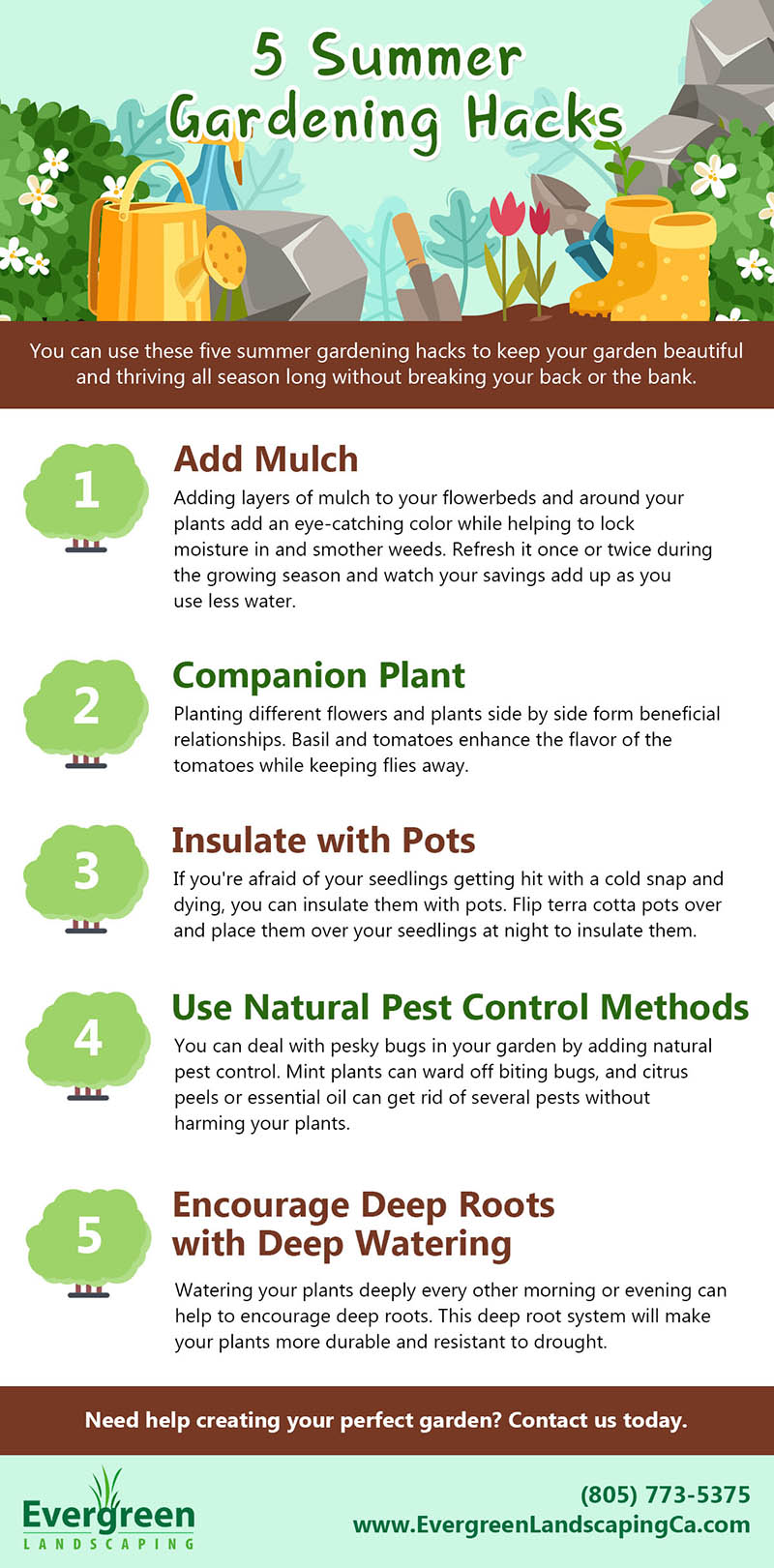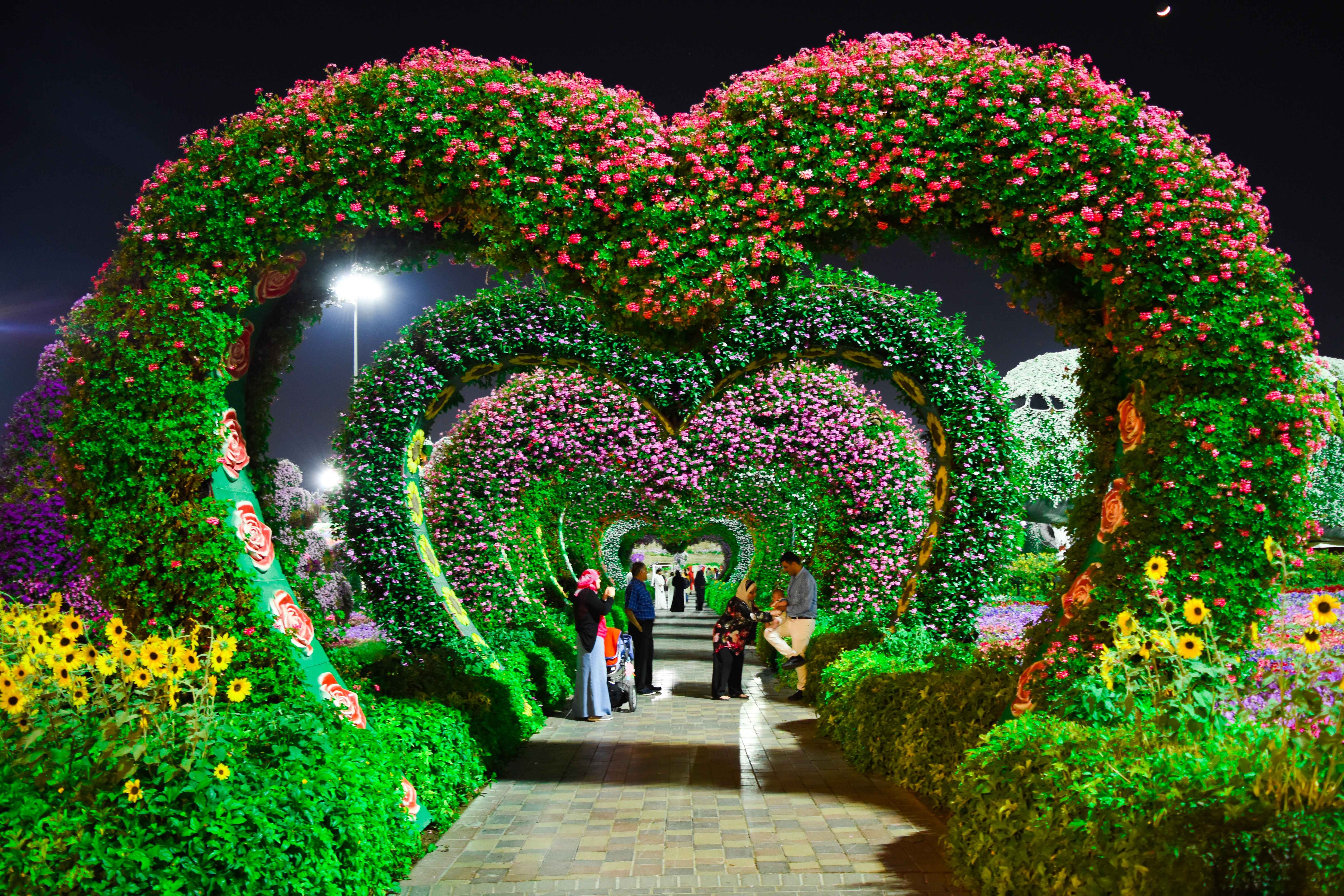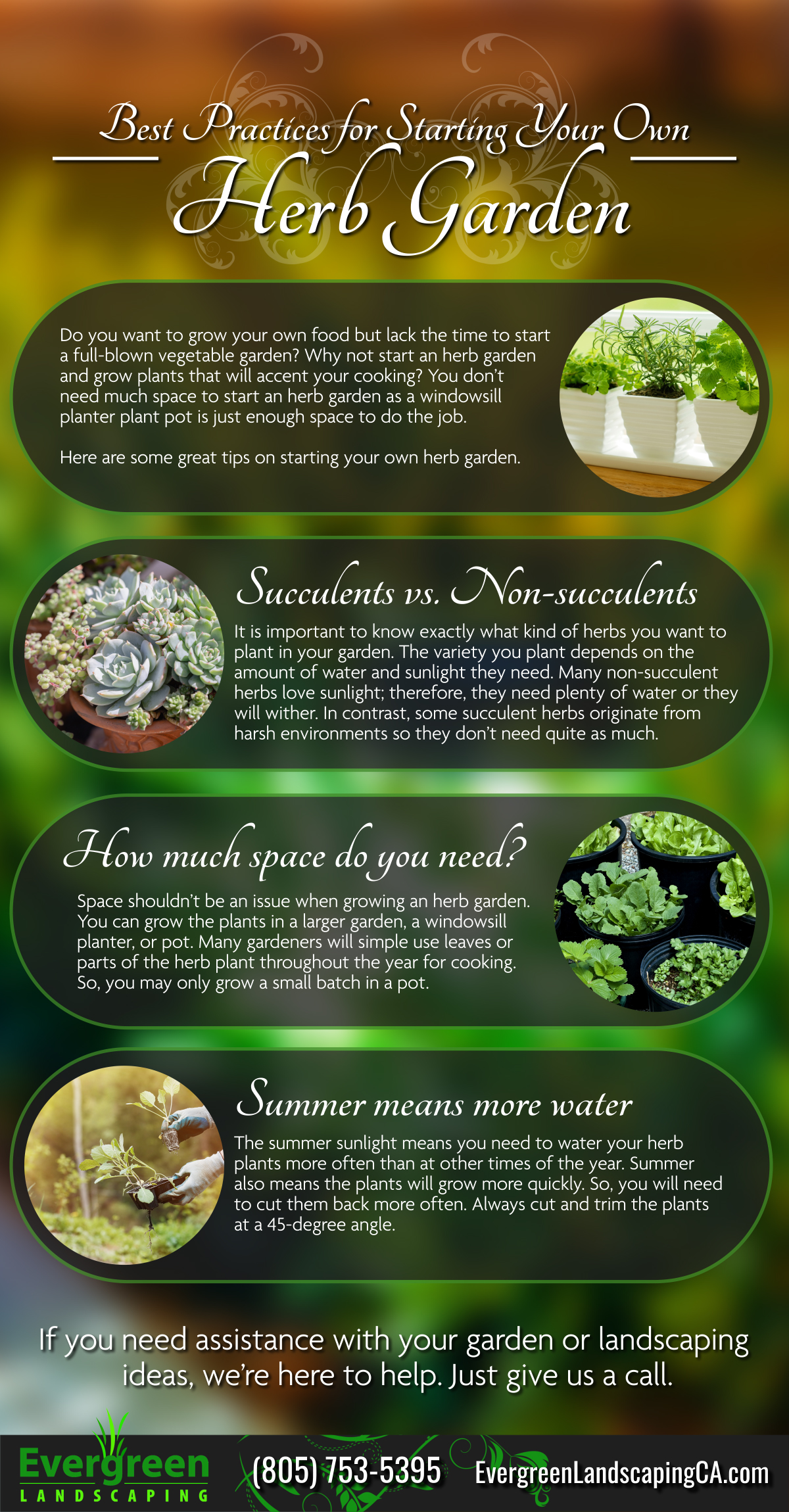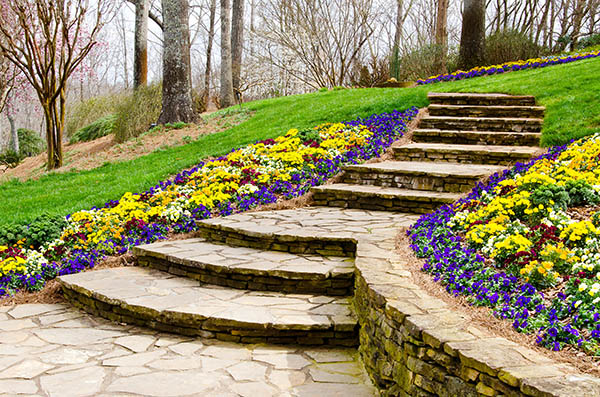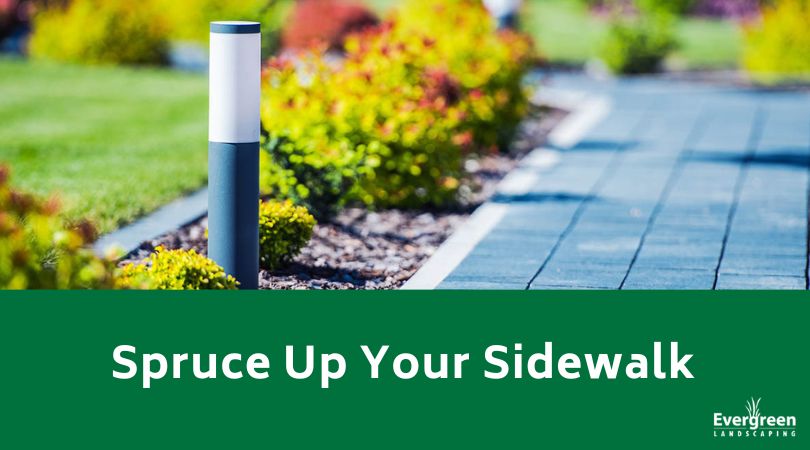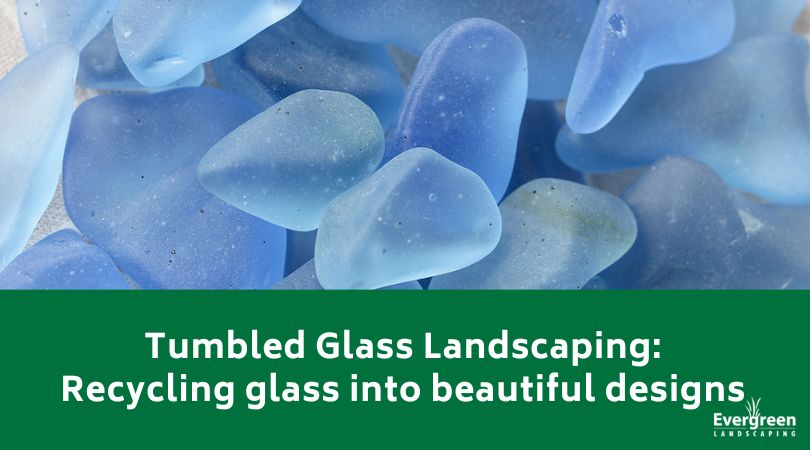
You can’t just go to your local home improvement store and tell the clerk you need some grass seed. Sorry, but the process is much more involved than that!
How will you know which grass seed you need? Here are just a few varieties. How would you make the choice?
- Fescue
- Bahia
- Bluegrass
- Bermuda
- Zoysia
- Bent Grass
- Centipede
- St. Augustine
And that’s just a few of the varieties out there. Would you know which one you’d want to adorn your yard? Well, certainly not without a little information!
As we said before, there are literally hundreds of different varieties out there. How do you know which one is right for you? Well, we can’t choose your grass seed, but we can tell you the attributes of different varieties, and then you can choose for yourself!
First, though, consider what you’re looking for when it comes to your lawn and how to care for it. Are you wondering which grass is best for you? Here are a few considerations:
- Maintenance required: some grass species require more care than other, high maintenance grasses.
- Climate conditions: most grasses have a preference for specific climates such as humid, coastal, dry, and cool.
- Temperature tolerance: each grass performs better or worse depending on the average temperature range during the growing season.
- Drought resistance: some grass species are better suited quickly recover after going dormant during extended drought conditions.
- Shade adaptation: grass species are classified by how much or how little sunlight they need to maintain their health and vigor.
- Wear resistance: this is a measurement of how well a grass species can recover from foot traffic.
Not every grass is good for every climate. Some species are good for shade, others are good for cold climates and still others perform better in extremely hot areas. The following is a list of the best readily available grasses for specific adaptations.
Best for shady areas
Fine-leaf Fescue: (cool season) does not tolerate traffic, drought resistant, shade tolerant. Some varieties are more disease resistant.
Tall Fescue: (transition zone) low maintenance that offers good drought resistance and better tolerates light traffic.
Bahia Grass: (warm season) is low-growing, requiring less maintenance, has a coarse texture, makes a thick turf that fends off weeds.
St. Augustine Grass: (warm season) tough, vigorous, thick, weed-blocking. Tolerates some shade, but requires frequent watering, mowing and fertilizing. Standout varieties include Better Blue, Delmar, Raleigh, and Seville.
Best in hot climates
Bahia Grass: (warm season) is low-growing, requiring less maintenance, has a coarse texture, makes a thick turf that fends off weeds.
Bermuda Grass: (warm season) fine texture that tolerates traffic. Vigorous and tolerates drought and salt. Does not do well in shade and tends to build up thatch. Standout varieties include: Cheyenne, Patriot, Tifgreen, and Tifway II.
Seashore Paspalum: (warm season) tolerates sandy soil, salt, and wet conditions. Holds up to drought and tolerates traffic.
St. Augustine Grass: (warm season) tough, vigorous, thick, weed-blocking. Tolerates some shade, but requires frequent watering, mowing and fertilizing. Standout varieties include Better Blue, Delmar, Raleigh, and Seville.
Zoysiagrass: (warm season/transition zone) slow-growing, dense grass, drought tolerant. Does better with frequent watering. Builds up thatch. Standout varieties include: El Toro, Emerald, and Meyer.
Best for drought resistance
Tall Fescue: (transition zone) low maintenance that offers good drought resistance and better tolerates light traffic. Standout varieties include Arid and Jaguar 3.
Bahia Grass: (warm season) is low-growing, requiring less maintenance, has a coarse texture, makes a thick turf that fends off weeds.
Bermuda Grass: (warm season) fine texture that tolerates traffic. Vigorous and tolerates drought and salt. Does not do well in shade and tends to build up thatch. Standout varieties include: Cheyenne, Patriot, Tifgreen, and Tifway II.
Buffalograss: (warm season) one of the few native North American grasses, is drought tolerant but doesn’t hold up to traffic. Turns brown when it gets hot and when it gets cold. Grows slowly.
Seashore Paspalum: (warm season) tolerates sandy soil, salt, and wet conditions. Holds up to drought and tolerates traffic.
Zoysiagrass: (warm season/transition zone) slow-growing, dense grass, drought tolerant. Does better with frequent watering. Builds up thatch. Standout varieties include: El Toro, Emerald, and Meyer.
Best in high-use/traffic areas
Perennial Ryegrass: (cool season and over-seeding in warm season areas) medium texture, handles traffic, handles drought conditions without a lot of additional watering or fertilizer. This grass does not do well in shade. It does mix well with other grass types.
Kentucky Bluegrass: (cool season) most common cool season grass and the hardiest for cold weather. Fine texture, fills in bare spots quickly, requires more mowing, does not do well in shady areas and does not tolerate salt. Standout varieties include Adelphi, Award, Baron, Midnight, Nu Destiny and Touchdown.
Bermuda Grass: (warm season) fine texture that tolerates traffic. Vigorous and tolerates drought and salt. Does not do well in shade and tends to build up thatch. Standout varieties include: Cheyenne, Patriot, Tifgreen, and Tifway II.
Zoysiagrass: (warm season/transition zone) slow-growing, dense grass, drought tolerant. This grass does better with frequent watering, and builds up thatch. Standout varieties include: El Toro, Emerald, and Meyer.
Best for low-maintenance requirements
Fine-leaf Fescue: (cool season) does not tolerate traffic, drought resistant, shade tolerant. Some varieties are more disease resistant (Aurora)
Tall Fescue: (transition zone) low maintenance that offers good drought resistance and better tolerates light traffic. Standout varieties include Arid and Jaguar 3.
Bahia Grass: (warm season) is low-growing, requiring less maintenance, has a coarse texture, makes a thick turf that fends off weeds.
Buffalograss: (warm season) one of the few native North American grasses, is drought tolerant, but doesn’t hold up to traffic. Turns brown when it gets hot and when it gets cold. Grows slowly.
Centipedegrass: (warm season) coarse, fast-spreading, low growing and requires little fertilizer. Is not drought resistant and may turn brown in high heat. Outstanding varieties include Centennial, Oaklawn, and Tifblair.
Growing In Shady Areas
What do you do if you have a shady area that needs grass? Well, don’t fret! There are some types of grasses that are specifically designed to thrive in shaded portions of your lawn. Try a fescue in this case. However, you can still use general grass seeds as well in those shady areas, but you have to care for it properly.
Here are some suggestions:
- Mow at the proper height and frequency for the type of grass.
- Water the grass deeply.
- Prune or thin nearby trees to permit more sunlight to the grass.
- Consider mulch or shade-tolerant ground covers for densely shaded areas.
- If you have heavily shaded areas in your lawn where the grass is thin, consult your lawn care specialist for recommendations on improving the lawn.
To find out which of the above best-of-breed grasses will work for you contact Evergreen Landscaping today for a free quote. Contact us at 805-773-5395 or fill out the form here.
